Metodele interactive de grup reprezintă un mod interactiv de
instruire. Folosirea lor în activităţile de la clasă aduce
beneficii reale pentru elevi, aceştia parcurg uşor, mai mult sub
formă de joc conţinuturile propuse.
Group Activities for Developing Language Skills
Învăţământ gimnazial | Limbi moderne
Propus de: david20 | 19.12.2014 08:46 | Revista cadrelor didactice nr. 5/2015 | 697 vizualizări
We all know that one skill cannot be performed without another. It
is impossible to speak in a conversation if you do not listen as
well, and people seldom write without reading, even if they only
read what they have just written.
The same experience or topic leads to the use of many different
skills, and in our teaching we should try to reflect this. Where
students practice reading we may use that reading as the basis for
practicing other skills. Students involved in an oral communicative
activity may also do some writing or reading, in order to accomplish
the task which the activity asks them to perform. Students may be
asked to write but on the basis of reading, listening and
discussing.
Often our activities have a focus on one particular skill, it is
true, so that at a certain stage, our students may concentrate on
reading abilities, for example. But the focus can later shift to one
or more of the other skills.
What we have to do is to balance and integrate the language skills,
as much as we can, place the emphasis where our students most need
it, and if possible, let the writing come out of the reading and the
speaking come out of the listening.
Because our students are hardly ever exposed to the natural use of
English in real life situations, we must try to involve them in
communicative language activities in the classroom.
In looking for ways of creating more varied forms of interaction in
the classroom I have turned increasingly to the field of simulation
and, within that field, especially role-playing.
The idea of a simulation is to create the pretence of a real-life
situation in the classroom. Students simulate the real world. What
we are trying to do-artificially of course- is to give students
practice in real-world English.
Sometimes the students take part as themselves (if we ask them to
organize a party or a trip, we do not ask them to pretend to be
someone else). And sometimes we ask them to play a role, pretending
to be someone that they are not. In this case we are talking about
role plays. All role plays are simulations, in other words, but not
all simulations are role plays.
More and more teachers are using simulations because they are an
ideal technique for allowing learners to use language creatively and
communicatively.
Simulations encourage motivation because they ensure that
communication is purposeful rather than artificial. Students have
the freedom to choose the meanings they want to express to bring
their background experiences into class and make their own
decisions. Thus more interest and excitement is created in learning.
Learning is more effective the more it engages the learner and
simulations seek to achieve this. There is also less stress involved
in playing the role of someone else, although students may often be
nervous or shy when first asked to participate in a simulation and
it is worthwhile considering this problem before it occurs.
Even we are often more anxious about running a simulation for the
first time than students are about participating. That is why
simulations, like any other interactive learning technique, need
careful planning and classroom management.
Perhaps the best way to minimize nervousness is for students to be
at ease with interacting learning methods. A learning environment in
which pair work, group work, co-operative tasks and discussions play
an important part is one that easily accommodates a simulation.
Students will then be less inhibited by the idea of getting out of
their chairs and participating in a simulated reality.
A series of short, simple role plays or group-based tasks can
prepare students for what to expect and lead them gradually into a
wider activity. I even use different games or short discussions for
breaking the ice and fostering communication. For example, a team
has to guess the mime performed by another team or teams try to
discover the “occupation” of a student by asking 10 yes/no
questions; or students are engaged in small group discussions that
require a consensus solution to a problem.
Once the simulation is underway we must allow our learners to
produce and interpret language on their own. What we have to do is
just to advise and monitor the learning environment. Organising,
during the activity, should be handled by the students themselves.
At the same time we must ensure that those finishing earlier have
something to do.
When students have completed the activity we have to lead a feedback
session, discussing what happened in each group or pair. Only then
we discuss any language errors that we collected while listening to
the groups. Generally, however our assessment will be based on how
students have performed on individual tasks and on their
participation and contribution to the group effort.
The advantage of the simulation technique for language learning is
obvious as it provides students with a realistic environment in
which they can develop a range of communicative and interactive
skills.
An excellent way to give to give intermediate and advanced students
opportunities to speak English more spontaneously and creatively is
to have small group discussions, debates, conversations. They
provide the closest classroom parallel to natural oral use of the
language. Since people always have a purpose when speaking we must
provide this purpose presenting the students with a task which
necessitates student interaction for its successful accomplishment:
a decision, a survey of opinions, a list of preferences, etc.
Students do not need only a reason to talk, they also need a
stimulating topic to talk about.
As in the “real” conversation situation people “think on their
feet” we should beware of providing too much and allowing the
students no place to be creative within a situation. We are often
surprised to discover in certain students a new personality we did
not know existed, which reveals them as much abler.
For developing their ability to tell stories in their own words, as
well as writing summaries of the stories, I often use the following
activity:
I choose two different texts (stories) not longer than 15-20 lines
that I consider suitable for my students. Students are divided into
pairs. Text A is given to one student and text B is given to the
other of each pair. They read the stories silently. When they have
finished reading the students in each pair tell their story to each
other, in their own words. Next they write the stories they have
heard. Then two groups are formed, group A having text A and group B
with text B. Group A asks group B questions to check comprehension
about their text and viceversa. Finally, I read the two texts alous
in order to clear up their doubts about pronunciation. After this,
the written compositions are compared to the original texts. It is
an activity that integrates all the four skills.




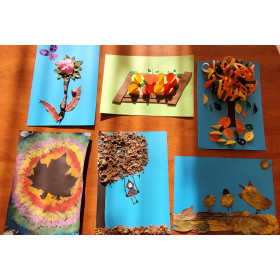

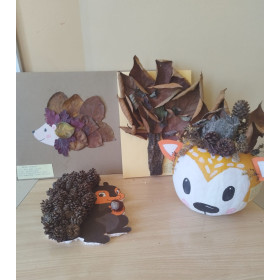
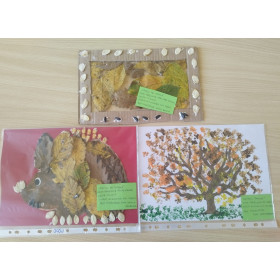

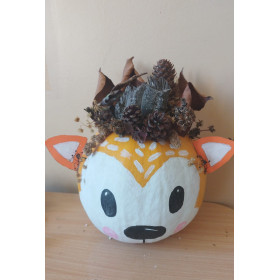

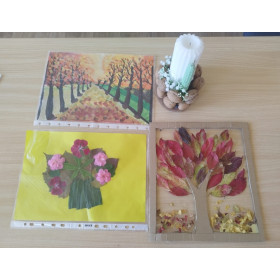

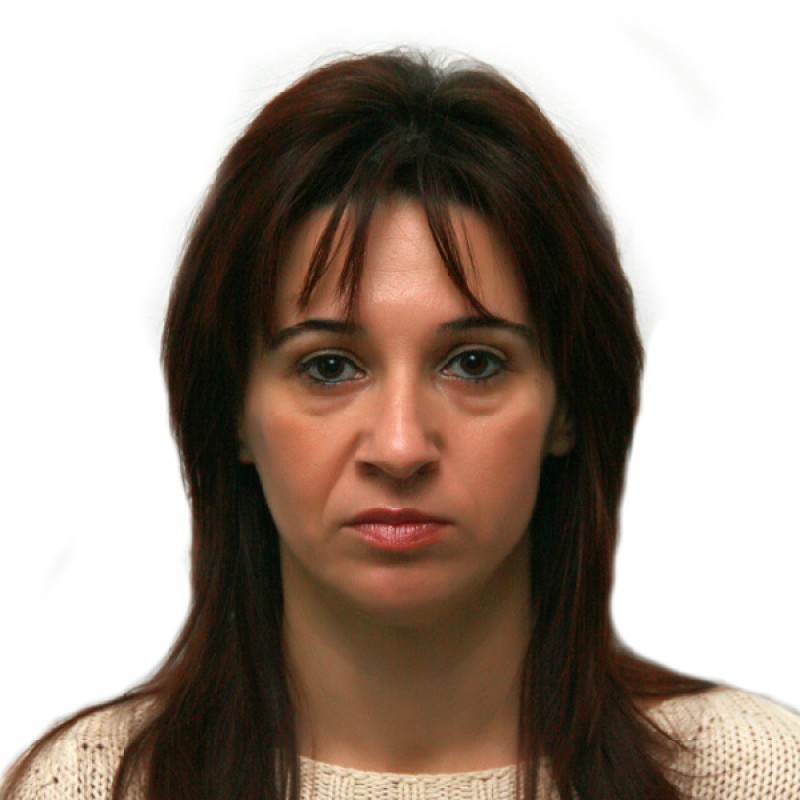

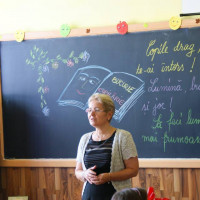

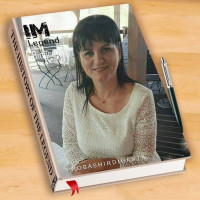

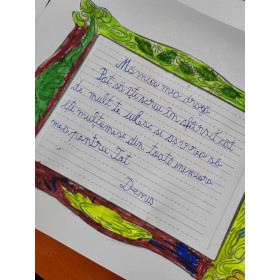



Comentarii (0)
Nu există niciun comentariu
Autentificaţi-vă pe site pentru a putea publica un comentariu.